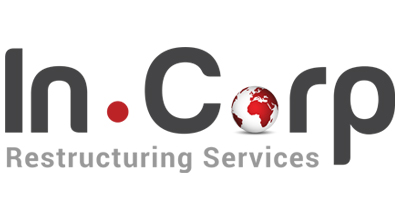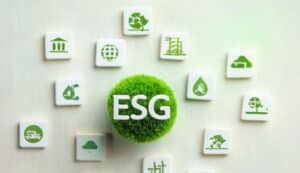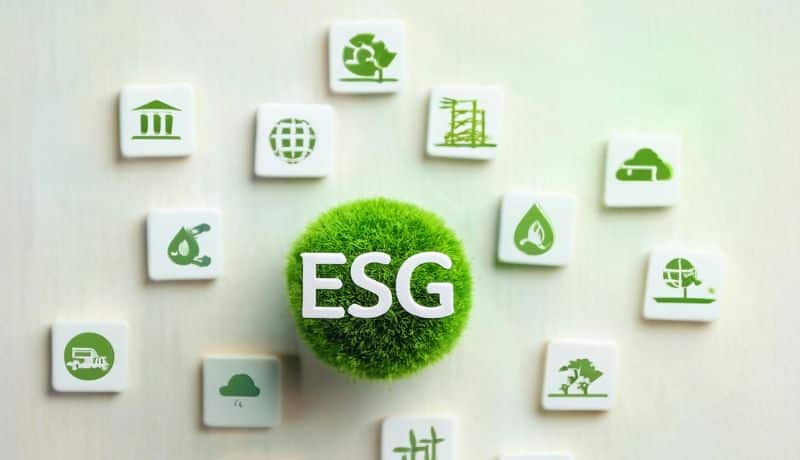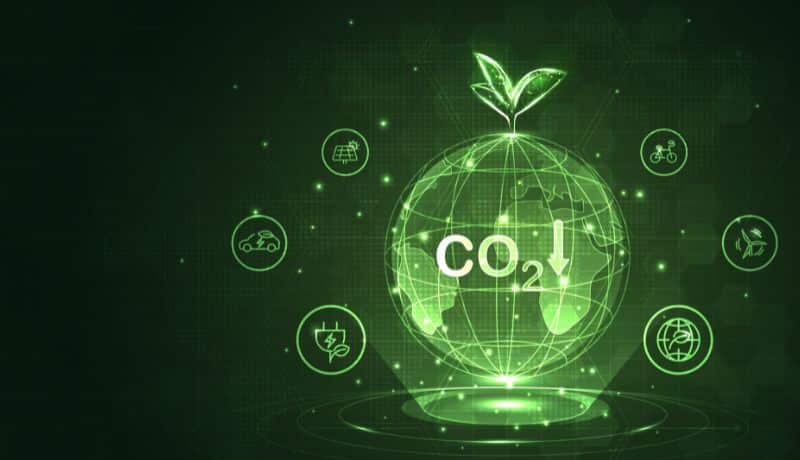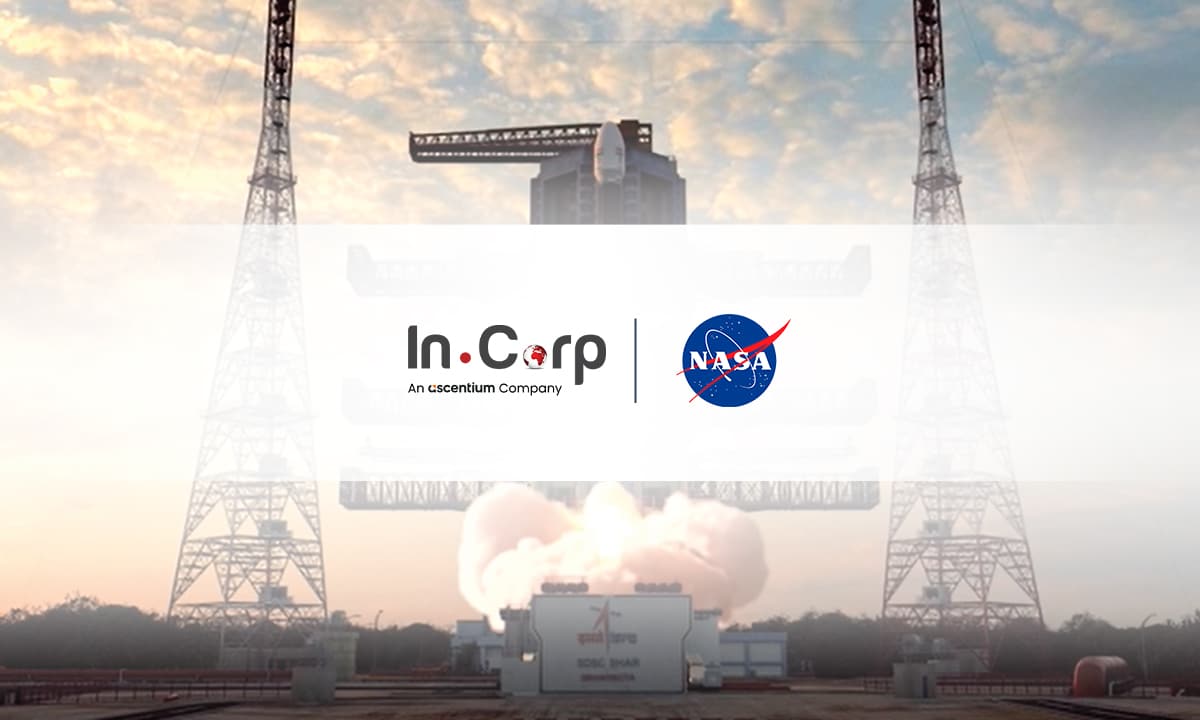Environmental Product Declarations: A Credible Tool to Measure Environmental Impact

Environmental Product Declarations: A Credible Tool to Measure Environmental Impact
Understanding EPDs: Environmental Labelling - ISO Type 1, 2 and 3 and Sectors that Benefit from EPDs
- Last Updated
As sustainability commitments grow more prominent, so does the risk of greenwashing. Customers, investors, and regulators are no longer satisfied with vague claims like “eco-friendly” or “green”. And that’s where an environmental declaration such as an EPD plays a key role. Greenwashing is when companies make environmental claims that sound impressive but do not hold up on a closer look. It is almost like a “natural” label on a shampoo with harsh chemicals. Because as consumers or citizens who are trying to be conscious, we end up trusting claims that may not mean much at all. Companies in India are increasingly adopting EPD reports to bring transparency to their sustainability claims
The answer lies in environmental labelling, a structured way to communicate a product’s environmental performance using internationally accepted standards. Environmental Product Declaration is one of the most trusted environmental declaration tools used globally. From manufacturing and materials to energy and waste, they provide hard data that builds trust and supports smarter business decisions.
Understanding Environmental Labelling: ISO Type 1, 2 and 3
Environmental labelling as defined by the ISO 14020 series, has three types:
- Type 1 (ISO 14024): Voluntary labels awarded by third parties based on multiple criteria (like Energy Star, Ecolabel). They indicate that a product is environmentally preferable within a category of manufacturers.
- Type 2 (ISO 14021): Self-declared environmental claims by manufacturers (like 100% recyclable). These are easy to issue but prone to greenwashing without supporting data.
- Type 3 (ISO 14025): Quantitative, science-based labels that disclose life cycle environmental data. Known as Environmental Product Declaration (EPD), this format ensures scientific transparency. They are verified by third parties and based on Life Cyle Assessment (LCA).
Across regions including EPD India, this product declaration framework helps manufacturers align with ISO standards.
EPDs in a nutshell
An Environmental Product Declaration (EPD) is a standardized voluntary third party verified document that reports the environmental impact of a product throughout its life cycle. It doesn’t just say “this is green” but shows the numbers behind energy used, emissions created, resources consumed, etc. The key principles behind Environmental Product Declaration (EPD) include transparency of data, environmental impact from production to end-of-life, mandatory third-party verification, and is only valid when same PCR and assumptions are applied.
Imagine picking between two cement companies that claim to be sustainable. But only one has an Environmental Product Declaration (EPD) that shows it emits 20% less carbon, uses recycled inputs, and consumes less water. This ensures consumers have access to facts and need not rely only on advertisements.
For manufacturers, Environmental Product Declaration (EPDs) is a chance to understand their impact and improve processes. For builders and designers, it means making informed choices that contribute to greener buildings. For policymakers, it supports responsible procurement and better regulation. And for consumers, it builds trust because they can finally look beyond the label and into facts. Environmental Product Declaration (EPD) also help Indian businesses become globally competitive, especially as countries like those in the EU begin to demand environmental disclosures like CBAM & EPD. India programs are encouraging industries to adopt verified environmental product declarations.
Globally, EPD International has become a key platform hosting thousands of verified product declarations. Environmental Product Declaration (EPD) help to build trust with buyers, developers and regulators of the products, comply with ESG framework, earn green building certificates for buildings, strengthen one’s export competitiveness, reduce greenwashing risk through verified claims and gain insights on emissions reduction and sustainability strategy.
Developed under ISO 14025, Environmental Product Declaration (EPDs) follow guidelines as listed below:
- ISO 14040/44 for Life Cycle Assessment (LCA)
- Product Category Rules (PCR) to ensure comparability
- Third party verification to ensure credibility
Environmental Product Declaration (EPD) supports B2B sustainability communications, contributes to ESG disclosures and is widely recognized in green building certifications like LEED, BREEAM and IGBC. Environmental Product Declaration (EPD) isn’t about achieving perfection it is about progress. They allow companies to start where they are, be honest about impact, and take steps to do better. And that is what real sustainability looks like.
Sectors that can Benefit from EPDs
EPD reports and environmental product declarations are applicable across diverse industries. EPDs are not confined to a particular product group or industry; they can be applied across almost every sector that impacts the environment through resource use, manufacturing, or service delivery.
- Chemical Products: Manufacturers can use EPDs to demonstrate responsible sourcing, energy efficiency, and emission control in chemical production, helping them align with regulatory standards and build trust with global clients.
- Construction Products: This sector benefits the most, as EPDs are increasingly required for materials like cement, steel, glass, and insulation in green building certifications such as LEED, BREEAM, and IGBC. In India, EPD reports for building materials are becoming mandatory for green rating systems.
- Electricity, Steam and Fuels: Utilities can showcase their carbon intensity, energy efficiency, and renewable integration, supporting transparent energy transition goals.
- Food and Beverages: Producers can disclose agricultural impacts, packaging materials, and supply chain footprints crucial for consumer trust and sustainable sourcing.
- Furniture and Other Goods: EPDs highlight responsible wood sourcing, finishes, and recyclability, supporting eco-conscious purchasing decisions.
- Infrastructure and Buildings: Project-level EPDs enable planners to quantify embodied carbon and make data-driven design choices.
- Machinery and Equipment: Equipment manufacturers can document material use, energy performance, and recyclability of components, aiding circular economy objectives.
- Metal, Mineral, Plastic, and Glass Products: EPDs quantify high-impact processes like smelting or refining, helping producers demonstrate decarbonization progress.
- Paper and Plastic Products: Transparency in fiber sourcing, recycling, and waste management helps meet packaging sustainability goals.
- Services: From logistics to IT, service providers can communicate the footprint of their operations, adding value to ESG disclosures.
- Textiles, Footwear and Apparel: EPDs validate claims of sustainable fabrics, dyeing methods, and water use reduction.
- Vehicles and Transport Equipment: Automakers and component suppliers can showcase lifecycle emissions and material circularity, supporting low-carbon mobility transitions.
These product declarations demonstrate lifecycle transparency and contribute to corporate ESG performance. In essence, EPDs empower every sector to transform sustainability from a statement of intent into a measurable, verifiable practice that builds confidence and drives improvement.
Conclusion
EPDs are now a key link between sustainability pledges and tangible progress. As an Environmental Product Declaration (EPD), it serves as a globally recognized environmental declaration tool. They transform universally stated environmental claims into clear, auditable data that can be trusted by investors, regulators, and consumers. When using international standards such as ISO 14025 and ISO 14040/44, EPDs offer a uniform methodology to evaluate and benchmark products by their actual environmental performance rather than conjecture or marketing jargon.
For businesses, becoming EPD-ready is not just a compliance exercise – it’s an investment that gives credibility and increases competitiveness over the long term. ” The demand is only going to continue rising” for verified product-level transparency as markets around the world shift toward greater sustainability disclosures and regulations. Early movers will not only gain better stakeholder trust but also attract green certification, export preparedness, and ESG excellence.
Companies can tell a credible story about their impact, but also, they can explain where their improvement measures lie within the focus of both society and the market. EPD India is rapidly evolving, providing verified EPD reports that enhance trust and export competitiveness.
Why Choose InCorp Global?
InCorp Global offers Environmental Product Declaration (EPD) services to help organizations express transparency, credibility and sustainability leadership. With knowledge of both EPD India and EPD International programs our multi-disciplinary subject matter experts handles all aspects from Life Cycle Assessment data collection to identification of PCRs, third-party verification and global registration, with accurate and compliant alignment as well as simplification to ISO 14025 and EN 15804 standards. We perform thorough LCA with verified primary and secondary data, interpret and prepare PCR-compliant EPD formats, coordinate independent verification to secure credibility, and manage global registration to ensure the full visibility and brand value of your EPD. To learn more about our services, you can write to us at info@incorpadvisory.in or reach out to (+91) 77380 66622.
Authored by:
Shreyash Khadse | Sustainability & ESG
FAQs
An Environmental Product Declaration (EPD) is a third-party verified document that transparently reports a product’s environmental impact throughout its entire life cycle- from raw material extraction to end-of-life. It is developed based on a Life Cycle Assessment (LCA) and follows international standards like ISO 14025 and EN 15804. EPDs help manufacturers communicate sustainability performance, support green building certifications, and meet growing global demand for eco-transparent products.
Developing an EPD gives your company a competitive edge by proving your commitment to environmental responsibility and sustainable manufacturing. It builds trust with clients, helps qualify for green building rating systems such as LEED, BREEAM, and IGBC, and satisfies government or corporate procurement requirements for transparent, verified data. In short, an EPD is not just a compliance document - it’s a marketing and sustainability tool that enhances brand reputation.
The process of developing an Environmental Product Declaration (EPD) begins with conducting a Life Cycle Assessment (LCA) to quantify the environmental impacts of a product across all life stages from raw material extraction, manufacturing, and transportation to use and end-of-life. This LCA must follow a Product Category Rule (PCR) that defines how data is collected and reported for that specific product type. Once the LCA is completed, the EPD document is prepared and verified by an independent third party to ensure transparency, accuracy, and compliance with international standards such as ISO 14025 and EN 15804 before publication in a recognized EPD program or database.
While both EPD and LCA are related, they serve different purposes. A Life Cycle Assessment (LCA) is a scientific study that quantifies a product’s environmental impacts, such as carbon footprint, water use, and energy consumption. An Environmental Product Declaration (EPD), on the other hand, is the public-facing, standardized report that summarizes the verified LCA results in a consistent and transparent way. In short, LCA provides the data, and EPD communicates data in a credible, comparable format.
Typically, an EPD is valid for five years from the date of verification. However, it should be reviewed and updated earlier if there are significant changes in raw materials, manufacturing processes, energy sources, or supply chains that could affect the product’s environmental performance. Keeping your EPD current ensures ongoing credibility, regulatory compliance, and alignment with the latest sustainability expectations in the market.
Share
Share



























